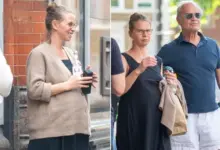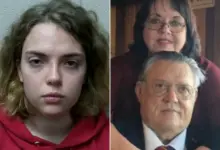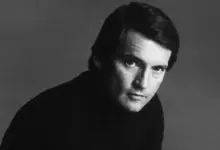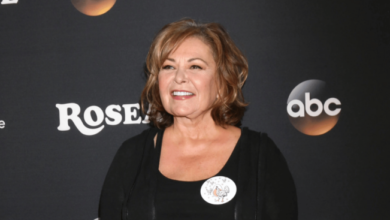Who is Robert Prevost – the first American Pope in history?
Even before his name was announced from the balcony of St. Peter's Basilica, the crowd below was already chanting "Viva il Papa" – Long live the Pope.
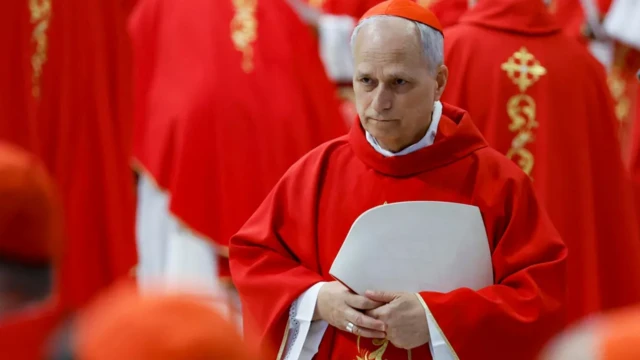
Cardinal Robert Prevost, 69, is the 267th person to sit on the Throne of Saint Peter and will be known under the title Leo XIV.
He is the first American to become Pope, although he is often seen as a Latin American cardinal due to his many years as a missionary in Peru before becoming a bishop there.
Born in Chicago in 1955 to parents of Spanish and French-Italian descent, Prevost served as an altar boy and was ordained a priest in 1982.
Although he moved to Peru three years later, he regularly returned to the U.S. to serve as a parish priest and superior in his hometown.
He also holds Peruvian citizenship and is beloved as someone who worked with vulnerable communities and helped build bridges among people.
He spent ten years as a local parish priest and teacher at a seminary in Trujillo, northwest Peru.
In his first words as Pope, Leo XIV affectionately referred to his predecessor, the late Pope Francis.
“We can still hear the faint but always courageous voice of Pope Francis, who blessed us,” he said.
“United and hand in hand with the Lord, let us walk forward together,” he told the cheering crowd.
He also mentioned his role in the Order of Saint Augustine. He was 30 years old when he moved to Peru to join a mission of the Augustinian Order.
A year after ascending to leadership in the Vatican, Pope Francis appointed Prevost as Bishop of Chiclayo in Peru.
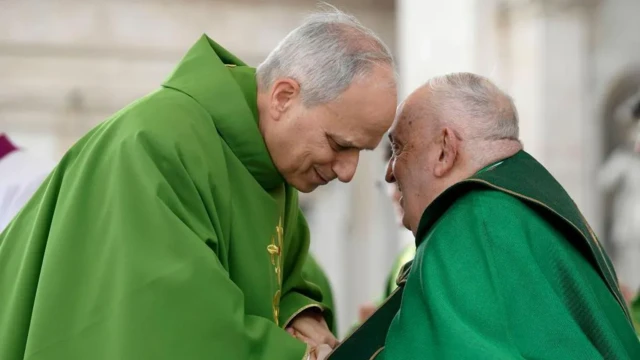
He became well known among the cardinals for his prominent role as Prefect of the Dicastery for Bishops in Latin America, a critical body responsible for the selection and supervision of bishops.
He was also made an archbishop in January 2023, and just a few months later, Pope Francis elevated him to the rank of cardinal.
Since 80% of the cardinals participating in the conclave were appointed by Pope Francis, the election of someone like Prevost was not a surprise — even though he had only recently been appointed.
Pope Leo XIV’s Views
He is seen as a supporter of continuing the reforms initiated by Pope Francis in the Catholic Church.
It is believed that Archbishop Prevost shares Pope Francis’s views on immigration, the poor, and the environment.
A former roommate, Father John Lydon, told the BBC that Prevost is “outgoing,” “practical,” and “deeply concerned for the poor.”
Regarding his personal background, before the conclave, Prevost told Italian broadcaster RAI that he grew up in an immigrant family.
“I was born in the U.S… but my grandparents were immigrants — French and Spanish… I grew up in a typical Catholic family, with both parents very active in the parish,” he said.
Though he is American and aware of the divisions within the Church in the U.S., his Latin American connection shows continuity following a pope from Argentina.
The Vatican described him as the second pope from the Americas, after Pope Francis, and the first pope from the Augustinian Order.
During his time in Peru, he was not immune to the sexual abuse scandals that have shadowed the Church. However, his diocese firmly denied any involvement in covering up abuse.
Before the conclave, Vatican spokesperson Matteo Bruni stated that during meetings of the College of Cardinals, they emphasized the need for a pope with “a prophetic spirit, capable of leading a Church that is not closed in on itself but goes out into the world to bring light to a world full of despair.”
Experts say choosing the name Leo indicates Prevost’s commitment to addressing urgent social issues.
The first pope named Leo, who reigned until 461, met with Attila the Hun and persuaded him not to attack Rome. The last Pope Leo, who led the Church from 1878 to 1903, wrote a major encyclical on workers’ rights.
Former Boston Archbishop Seán Patrick O’Malley wrote in his blog that the new pope “chose a name linked to the legacy of Pope Leo XIII’s social justice, who governed the Church during a time of major global shifts — the industrial revolution, the rise of Marxism, and waves of mass migration.”
His stance on the LGBT community is unclear, though some groups, including conservative cardinals, believe he may be less welcoming to these groups than Pope Francis.
He expressed support for a prior Vatican declaration allowing blessings for same-sex couples and others in “irregular situations,” although he added that bishops must interpret such directives in ways appropriate to their local context and culture.
Speaking last year about climate change, Archbishop Prevost said it was time to move “from words to action.”
He said the “dominion over nature” should not become “tyranny.” He called on humanity to develop a “mutual relationship” with the environment.
He also spoke about the Vatican’s commitment to environmental protection, referencing the installation of solar panels in Rome and the use of electric vehicles.
He supported Pope Francis’s decision to allow women to participate in the Dicastery for Bishops for the first time, giving them a voice in appointments.
In 2023, he told Vatican News:
“In many cases, we see that their perspective adds to the richness of the discussion.”
In 2024, he told Catholic News Service that the presence of women “makes a significant contribution to the discernment process in identifying the best possible candidates to serve the Church in the episcopal ministry.”
